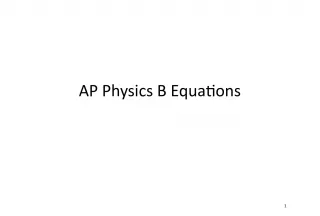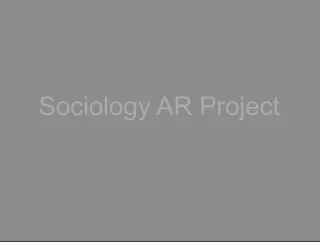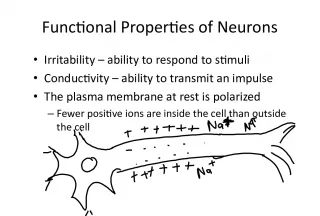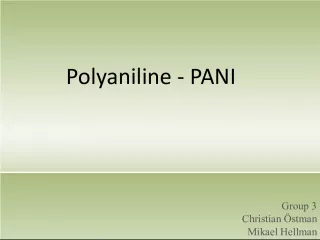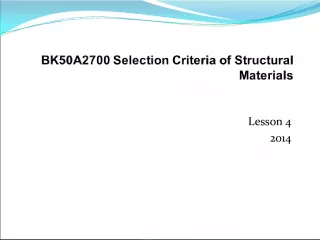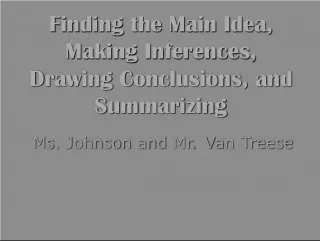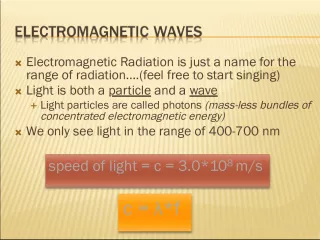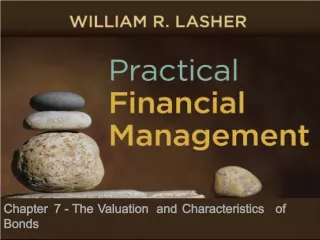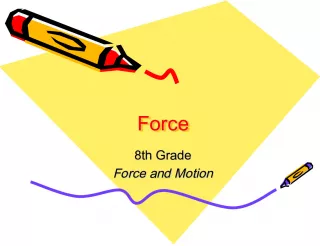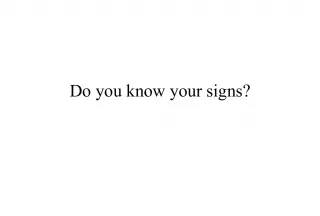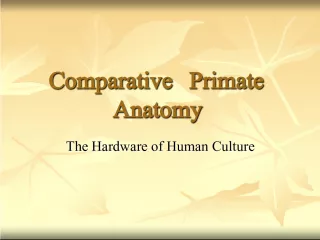Understanding Accelerated Conductivity
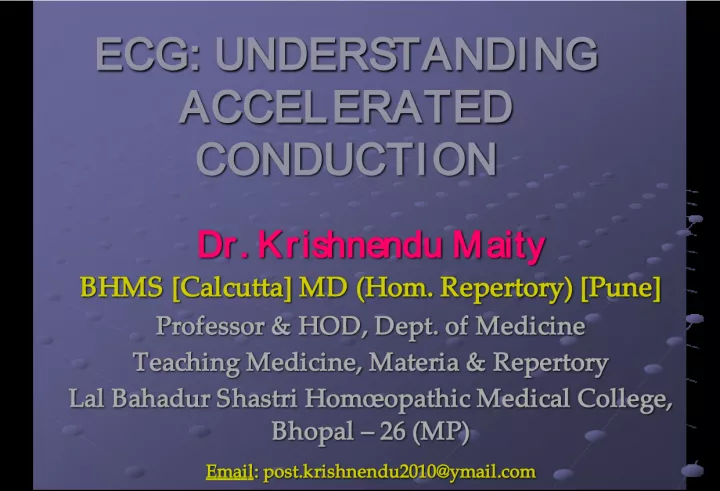

Exploring the phenomenon of accelerated conductivity and its implications in materials science, electronics, and energy transfer.
- Uploaded on | 2 Views
-
 cora
cora
About Understanding Accelerated Conductivity
PowerPoint presentation about 'Understanding Accelerated Conductivity'. This presentation describes the topic on Exploring the phenomenon of accelerated conductivity and its implications in materials science, electronics, and energy transfer.. The key topics included in this slideshow are . Download this presentation absolutely free.
Presentation Transcript
1. E E C C G G : : U U N N D D E E R R S S T T A A N N D D I I N N G G A A C C C C E E L L E E R R A A T T E E D D C C O O N N D D U U C C T T I I O O N N D D r r . . K K r r i i s s h h n n e e n n d d u u M M a a i i t t y y B B H H M M S S [ [ C C a a l l c c u u t t t t a a ] ] M M D D ( ( H H o o m m . . R R e e p p e e r r t t o o r r y y ) ) [ [ P P u u n n e e ] ] P P r r o o f f e e s s s s o o r r & & H H O O D D , , D D e e p p t t . . o o f f M M e e d d i i c c i i n n e e T T e e a a c c h h i i n n g g M M e e d d i i c c i i n n e e , , M M a a t t e e r r i i a a & & R R e e p p e e r r t t o o r r y y L L a a l l B B a a h h a a d d u u r r S S h h a a s s t t r r i i H H o o m m œ œ o o p p a a t t h h i i c c M M e e d d i i c c a a l l C C o o l l l l e e g g e e , , B B h h o o p p a a l l – – 2 2 6 6 ( ( M M P P ) ) E E m m a a i i l l : : p p o o s s t t . . k k r r i i s s h h n n e e n n d d u u 2 2 0 0 1 1 0 0 @ @ y y m m a a i i l l . . c c o o m m
3. INTRODUCTION INTRODUCTION There are 02 types of accelerated conductions from the atrium to the ventricles; viz. There are 02 types of accelerated conductions from the atrium to the ventricles; viz. Wolff-Parkinson-White (WPW) Syndrome / Pre-excitation Syndrome. Wolff-Parkinson-White (WPW) Syndrome / Pre-excitation Syndrome. Lown-Ganong-Levine (LGL) Syndrome. Lown-Ganong-Levine (LGL) Syndrome.
4. WPW SYNDROME WPW SYNDROME Bundle of Kent by-pass the AV node or by Mahaim fibes – which goes from Bundle of His to Ventricular Septum. The pre-excitation of ‘ Bundle of Kent ’ is called WPW Syndrome. Bundle of Kent by-pass the AV node or by Mahaim fibes – which goes from Bundle of His to Ventricular Septum. The pre-excitation of ‘ Bundle of Kent ’ is called WPW Syndrome. The atrial impulse passes through the normal path of conduction and also through the anterior intra-nodal fibre [Bachmann’s fibre / Bundle of Kent], simultaneously. The atrial impulse passes through the normal path of conduction and also through the anterior intra-nodal fibre [Bachmann’s fibre / Bundle of Kent], simultaneously.
5. CLASSIFICATION OF WPW SYNDROME CLASSIFICATION OF WPW SYNDROME WPW Syndrome is of 02 types ---- WPW Syndrome is of 02 types ---- Type A : where excitation travels along Left accessory pathway – giving rise to RVH / RBBB. Type A : where excitation travels along Left accessory pathway – giving rise to RVH / RBBB. Type B : where excitation travels along Right lateral accessory pathways – giving rise to LBBB. If it is associated with Cyanotic CHD – Ebstein’s Anomaly is diagnosed. Type B : where excitation travels along Right lateral accessory pathways – giving rise to LBBB. If it is associated with Cyanotic CHD – Ebstein’s Anomaly is diagnosed.
6. ECG OF WPW Syndrome ECG OF WPW Syndrome Short P-R interval [less than 0.12 sec.]. Short P-R interval [less than 0.12 sec.]. Wide QRS complex. Wide QRS complex. Appearance of -wave / slurred upstroke of QRS. Appearance of -wave / slurred upstroke of QRS. Normal P-wave axis. Normal P-wave axis.
7. CAUSES OF WPW Syndrome CAUSES OF WPW Syndrome Normal individuals. Normal individuals. Myocardial Infarction. Myocardial Infarction. Acute Rheumatic Fever. Acute Rheumatic Fever. CHD – Ebstein’s Anomaly. CHD – Ebstein’s Anomaly. Cardiac catheterization / Surgical manipulation of Heart. Cardiac catheterization / Surgical manipulation of Heart. Hypertrophic Sub-aortic Stenosis. Hypertrophic Sub-aortic Stenosis. Idiopathic Cardiomyopathy. Idiopathic Cardiomyopathy. Thyrotoxicosis. Thyrotoxicosis.
8. WPW SYNDROME WITH ATRIAL FIBRILLATION WPW SYNDROME WITH ATRIAL FIBRILLATION Irregularly irregular, wide complex tachycardia. Irregularly irregular, wide complex tachycardia. Impulses from the atria are conducted to the ventricles via either Impulses from the atria are conducted to the ventricles via either both the AV node and Accessory pathway producing a broad fusion complex. or just AV node producing a narrow complex (without - wave). or just Accessory pathway producing a very broad 'pure' - wave. People who develop this rhythm and have very short R-R intervals are at higher risk of VF. People who develop this rhythm and have very short R-R intervals are at higher risk of VF.
9. LGL Syndrome LGL Syndrome James Accesory Tract / Bundle of James by-pass the upper part of the AV node. The pre-excitation of the ‘ Bundle of James ’ is called LGL Syndrome. James Accesory Tract / Bundle of James by-pass the upper part of the AV node. The pre-excitation of the ‘ Bundle of James ’ is called LGL Syndrome. The artrial impulse preferentially passes through the posterior intra-nodal fibre [Thorel’s fibre / Bundle of James] and conducted to His Bundle. The artrial impulse preferentially passes through the posterior intra-nodal fibre [Thorel’s fibre / Bundle of James] and conducted to His Bundle. Pateints of this syndrome are prone to develop Supra-ventricular arrhythmias, ventricular tachycardia & Ventricular fibrillation. Pateints of this syndrome are prone to develop Supra-ventricular arrhythmias, ventricular tachycardia & Ventricular fibrillation.
10. ECG OF LGL Syndrome ECG OF LGL Syndrome Short P-R interval. Short P-R interval. Normal QRS complex. Normal QRS complex. Normal T-wave. Normal T-wave. No -wave. No -wave.
11. LGL SYNDROME WITH ATRIAL FIBRILLATION LGL SYNDROME WITH ATRIAL FIBRILLATION Short PR interval [less than 3 small squares]. Short PR interval [less than 3 small squares]. No -wave . No -wave .
12. REFERENCES REFERENCES 1. Das, Dr. P. C. – Textbook of Medicine [Reprint April, 1995; Current Book International]. 1. Das, Dr. P. C. – Textbook of Medicine [Reprint April, 1995; Current Book International]. 2. Ganong, Dr. William F. – Review of Medical Physiology (22 ND edition, 2005; McGraw Hill). 2. Ganong, Dr. William F. – Review of Medical Physiology (22 ND edition, 2005; McGraw Hill). 3. Mehta, Dr. P. J. – Understanding ECG [Reprint 6 TH edition, 2008; The National Book Depot]. 3. Mehta, Dr. P. J. – Understanding ECG [Reprint 6 TH edition, 2008; The National Book Depot].
13. THANKS TO ALL ------ THANKS TO ALL ------
